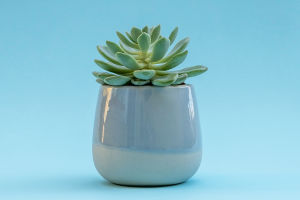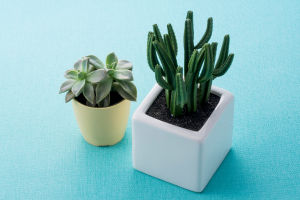Tulips are perennial herbs that belong to the genus Tulip in the Liliaceae family. They are popular for their beauty and are known as the national flower of the Netherlands, and other countries.
Tulips have single, brightly colored flowers that are a sight to behold. They are an elegant flower species that can be grown easily at home. In this article, we will share some tips on how to grow tulips at home and make them look graceful.
Choose high-quality soil
Tulips prefer to grow in loose and breathable soil. While they do not have high soil requirements, it is essential to find nutrient-rich soil that has good air permeability and drainage.
It is best to add granular river sand to the soil to improve drainage and air circulation in the pot. By starting with good-quality soil, the subsequent growth of the plant will be easier, and the roots will not rot easily.
Use the correct planting method
When planting tulips, it is important to choose a flower pot of the appropriate size, add soil at the bottom, and then apply fertilizer. Finally, plant the tulip bulbs in the pot, ensuring that the bulbs are planted densely to create a compact effect.
Provide sufficient light
Tulips require plenty of sunlight. During the maintenance period, ensure that the plant is fully exposed to the sun to stimulate its photosynthetic function.
Tulips should be placed in an outdoor sunny place for maintenance in spring and autumn so that they can receive enough light. In summer, when the light is strong, the plant can be blocked from direct sunlight to avoid sun damage.
Watering
Tulips do not require a lot of water, but it is important to keep the soil moist. During the growing period, ensure that the soil is moist but not too wet, as this can cause root rot.
Watering once a week is sufficient, and the frequency of watering can be increased appropriately when it is hot and dry in summer. Ensure that there is no water stagnation at the bottom of the flower pot and set drainage holes at the bottom of the pot.
Timely fertilization
Appropriate fertilization promotes the growth of tulips, but excessive fertilization can damage the plant.
A liquid or controlled-release fertilizer can be applied every other week during the growing period. The concentration and frequency of fertilization should be adjusted according to the growth of the plant.
Pests and disease prevention
Tulips are prone to pests such as aphids and spider mites and diseases such as gray mold. During the maintenance period, observe the plants' state and take measures to prevent diseases and insect pests promptly.
Biological pesticides, chemical pesticides, or some household preparations can be used for control, but attention should be paid to the method and concentration of use to avoid damage to the plant. Keep the flower pot and the surrounding environment clean and hygienic to reduce the occurrence of pests and diseases.
In conclusion, growing tulips is not difficult. By paying attention to suitable soil, sufficient light, appropriate watering and fertilization, and timely prevention and control of diseases and insect pests, tulips can bloom gracefully at home.


